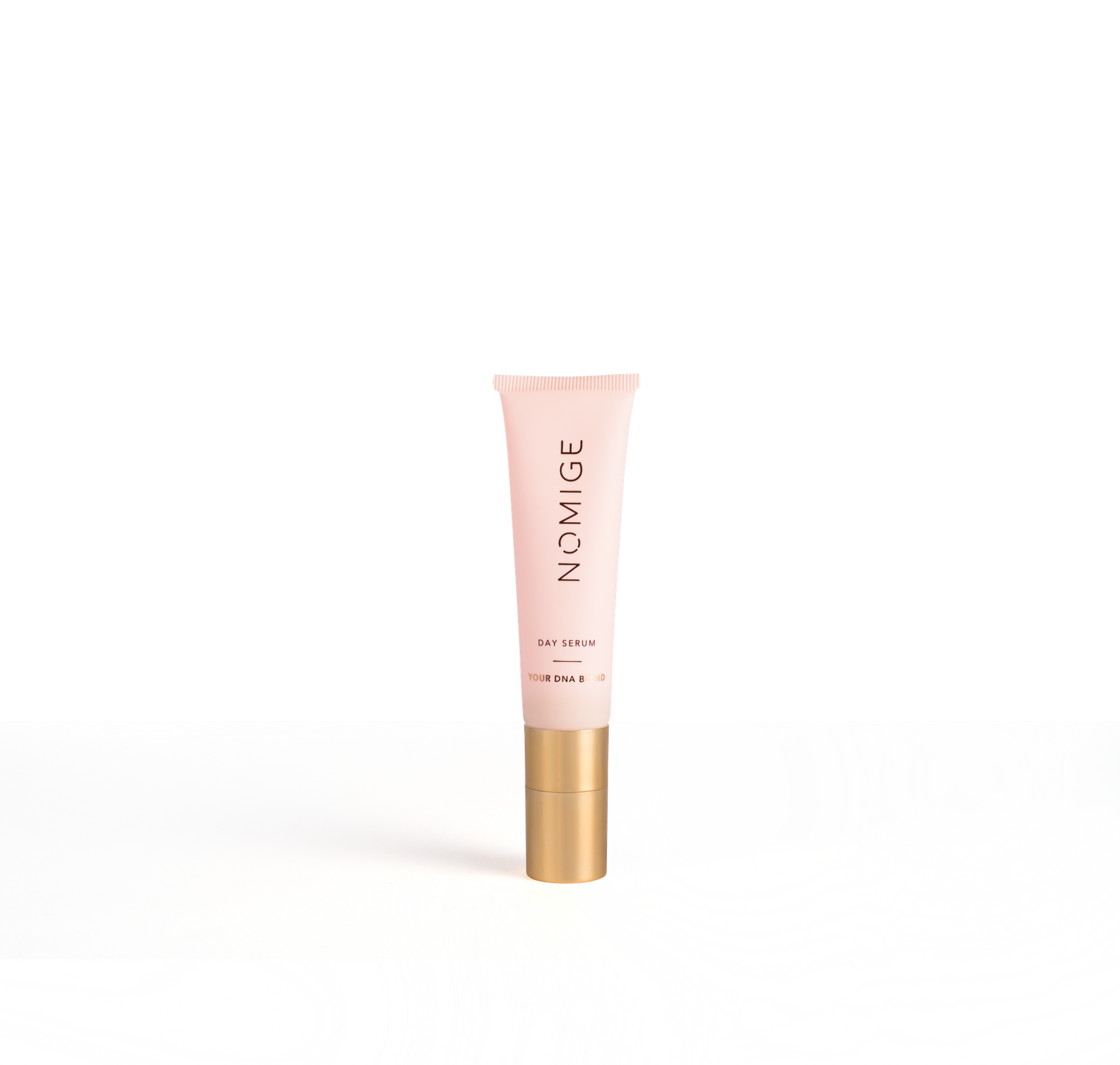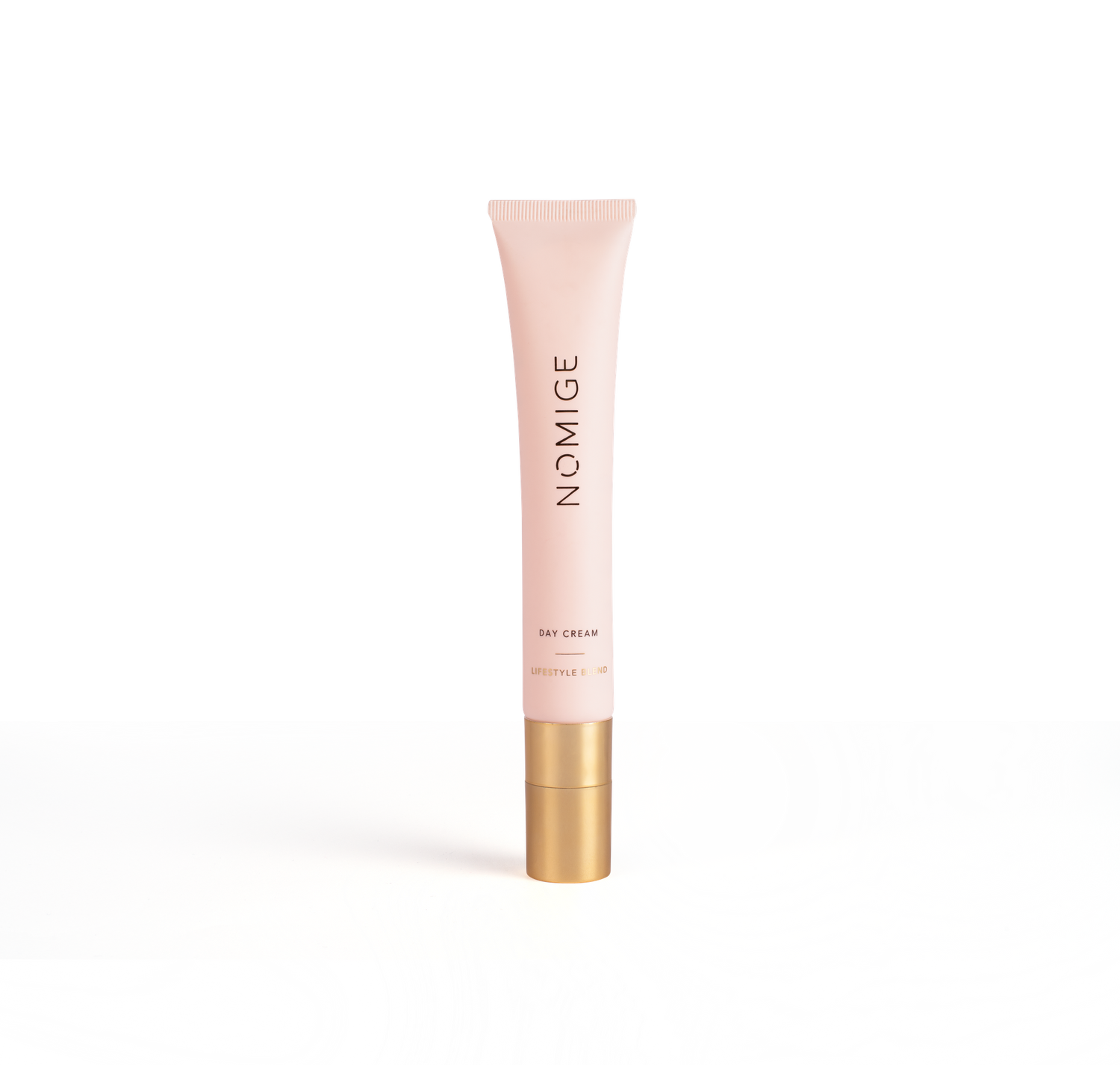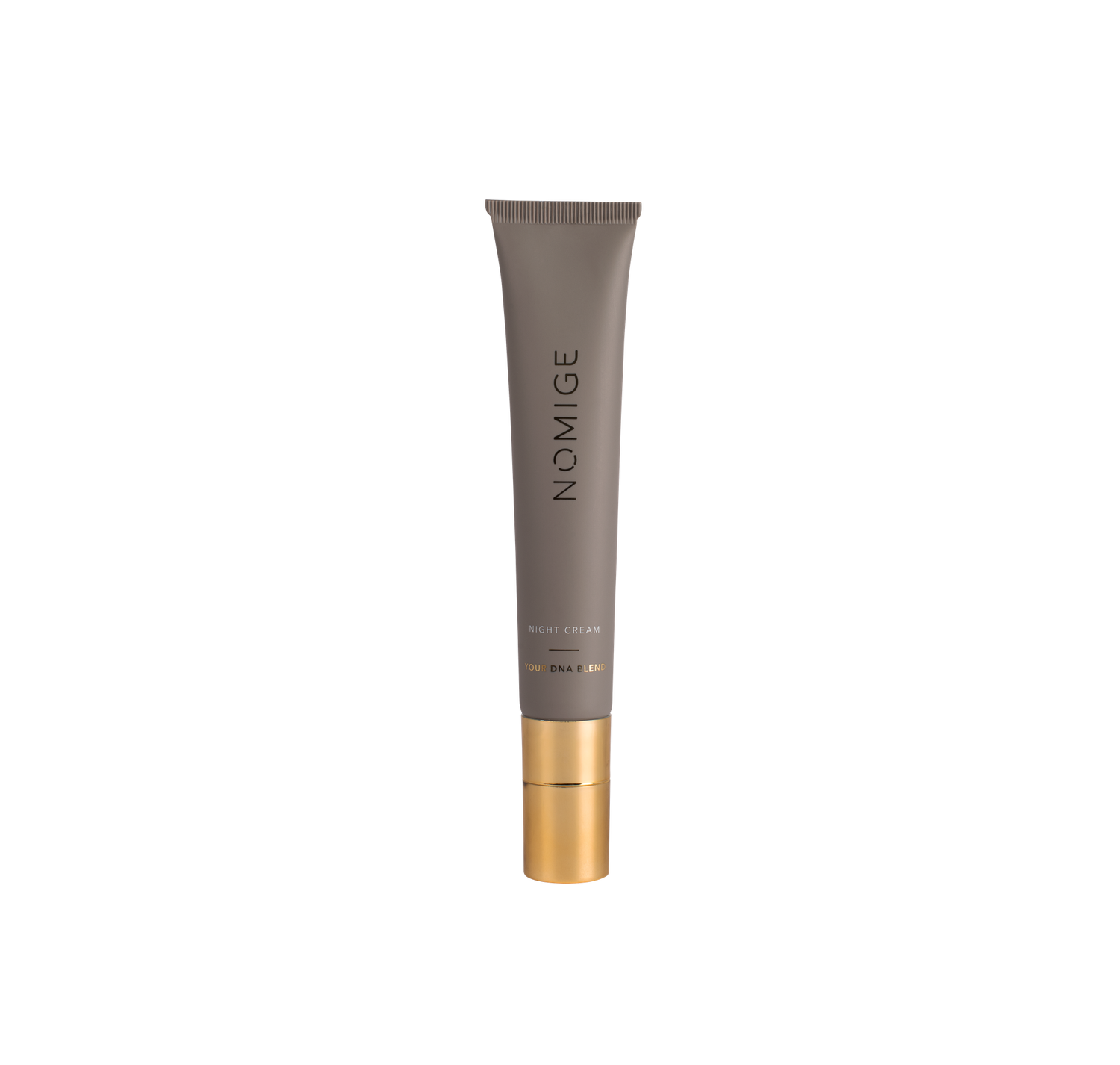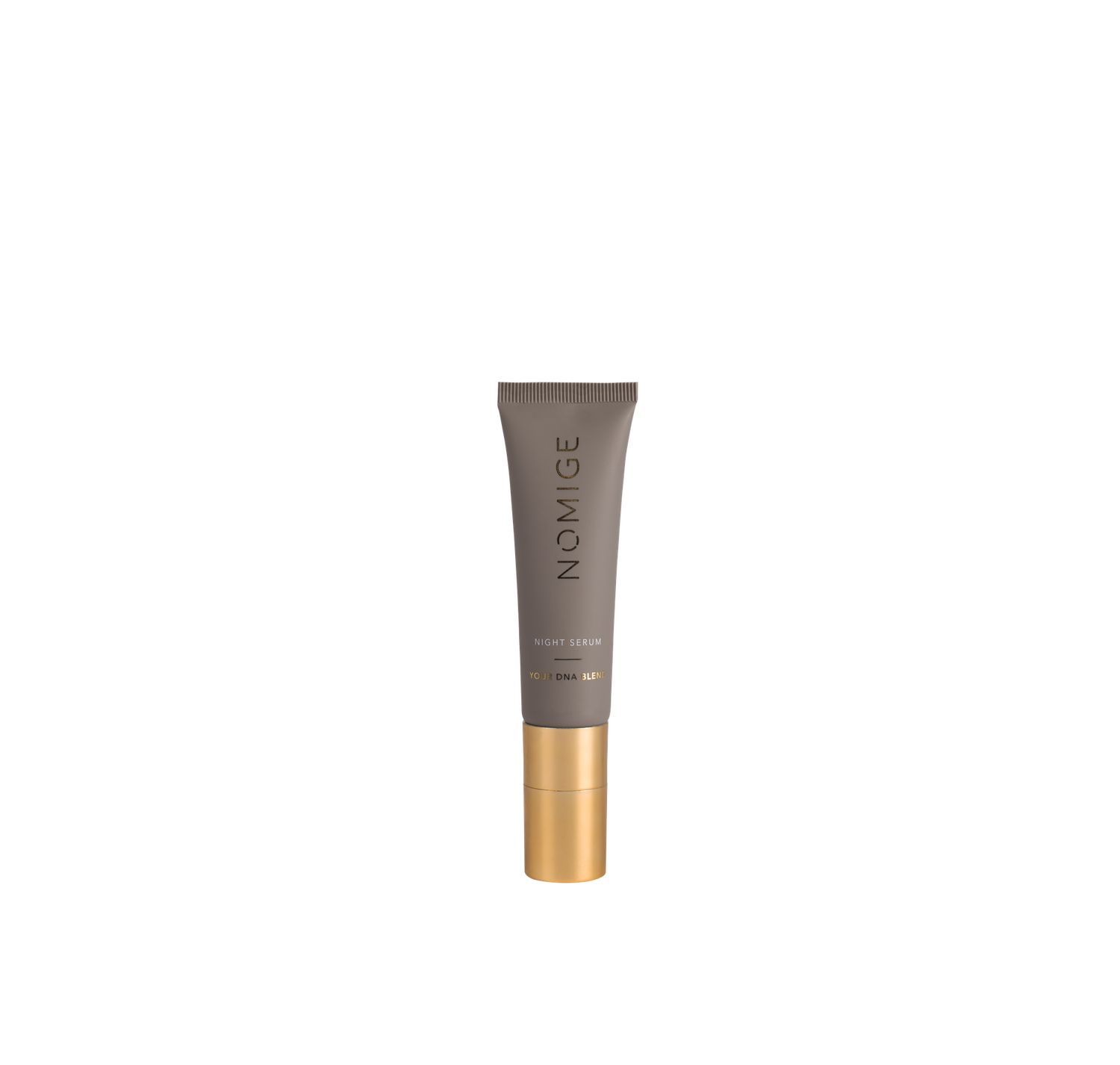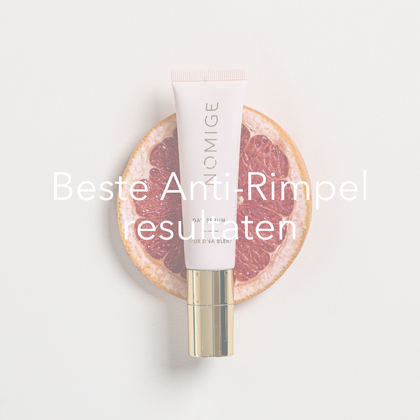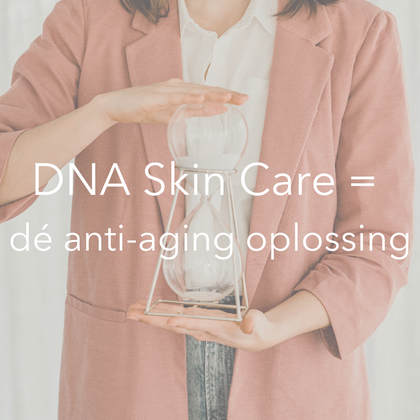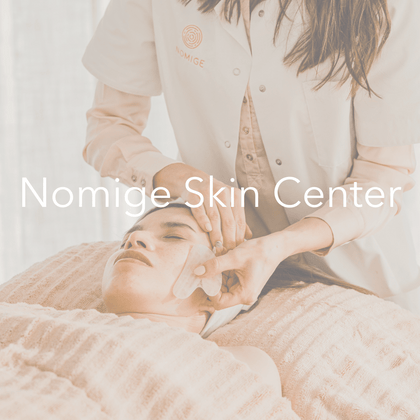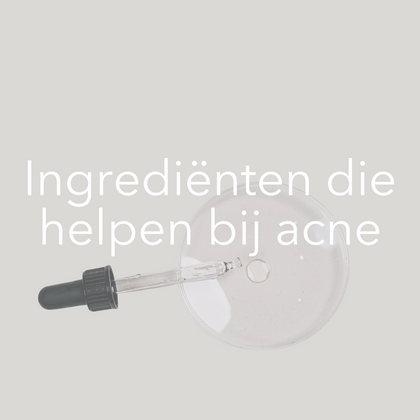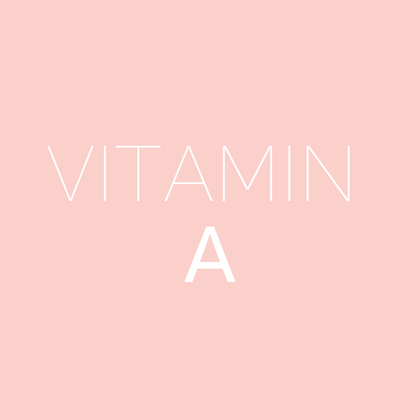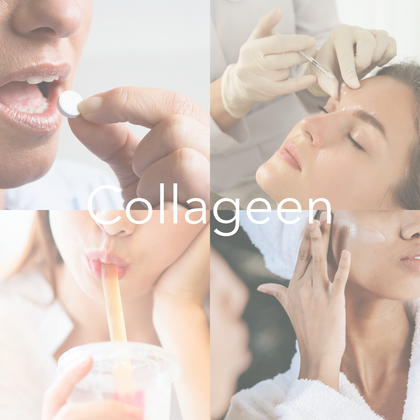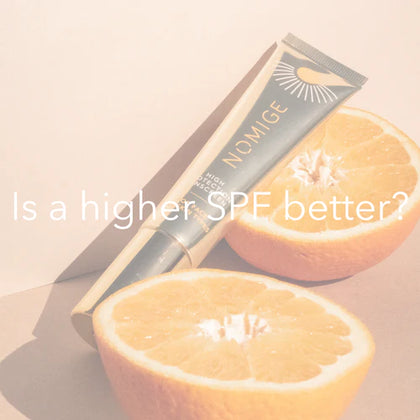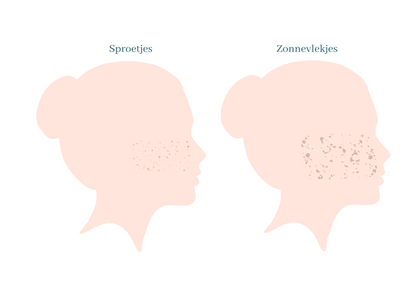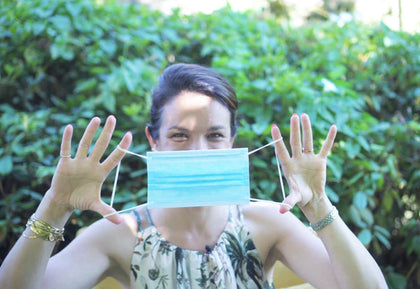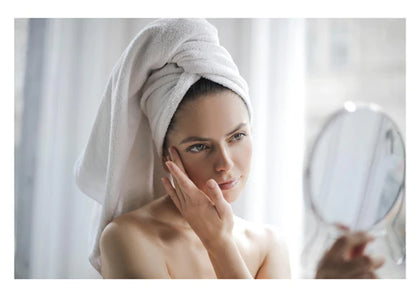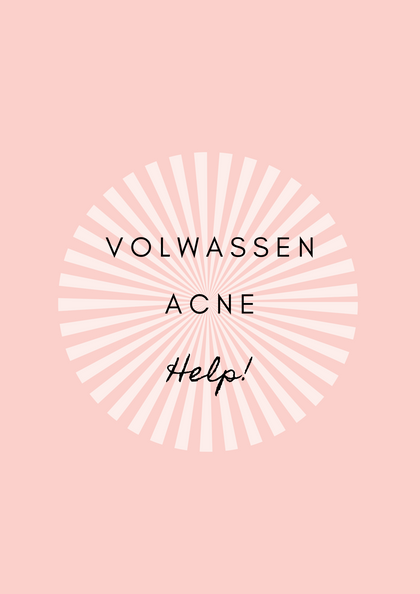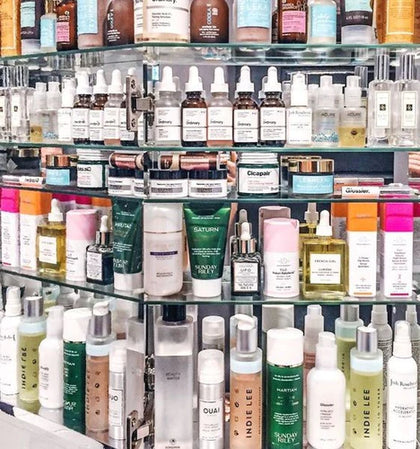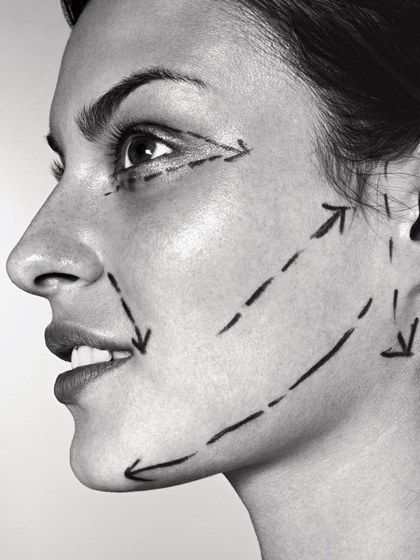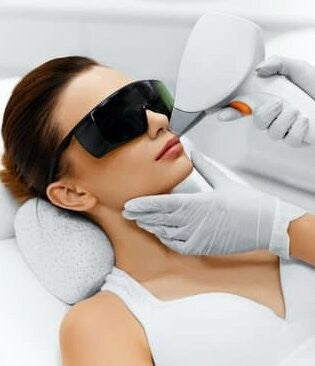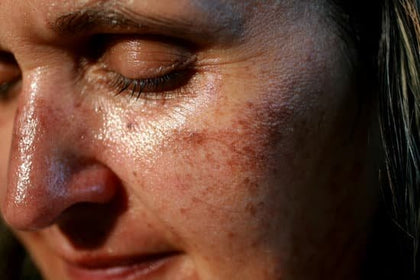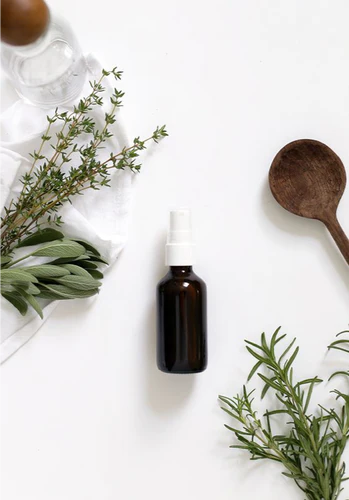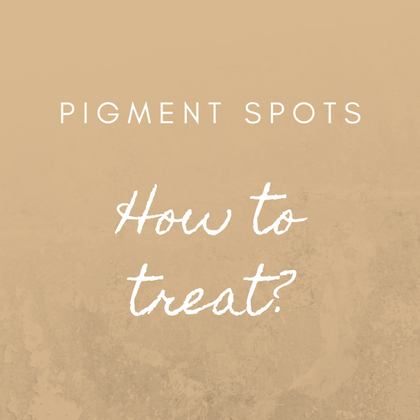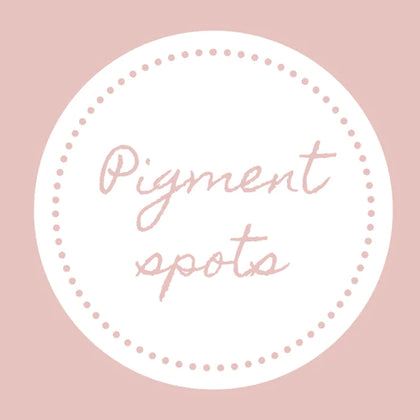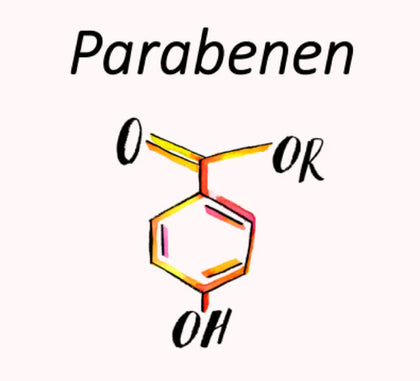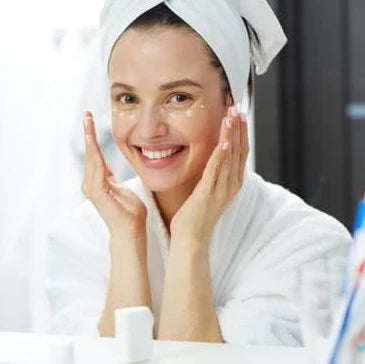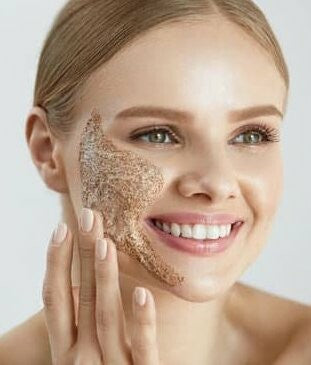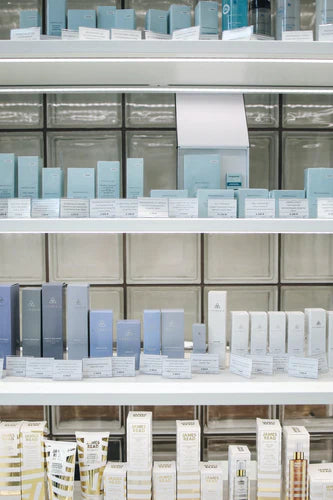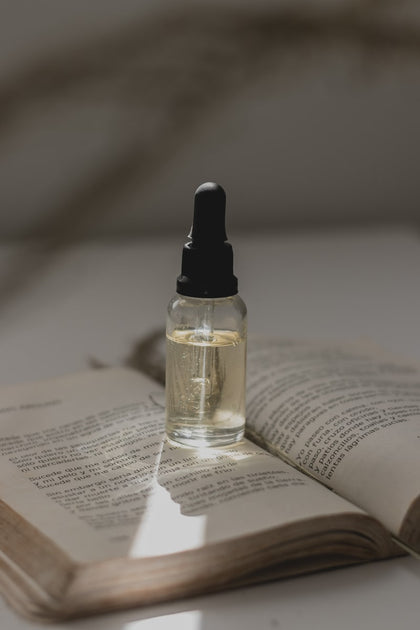Face masks: which types exist and are they effective?
We can't ignore it, facial masks give you an instant "relax feeling" and they are also very popular. You can find them in all kinds of shapes, formulas, colors and they promise " wonderful " effects for your skin. But what exactly are these masks and are they really that good for your skin? In this blog we will discuss the different types and the pros and cons of face masks. Which face masks are there and what do they do?
Classification by effect
- Purifying
- Against pores
- Hydrate
- Exfoliating: removing dead skin cells
- sebum absorption
- Skin rejuvenation

Classification by formula type
- Peel off mask
- Cream-mask
- Claymask
- sheetmask
- Scrub / mechanical peeling
- chemical peel
1. EXFOLIATING OR PEELING MASKS
This group of masks can be divided into 3 subcategories: mechanical peeling, chemical peeling and enzymatic peeling masks. All 3 ensure that the dead skin cells in the upper skin layer are removed but the way this is done differs.
mechanical peeling:
Dead skin cells are removed by the presence of small grains or particles (scrubs). These will "abrade" the dead skin cells . This sounds rather aggressive , and it actually is! Scrub masks will not only remove the dead skin cells but can also damage the healthy surrounding skin cells. Since the skin on your face is also finer and thinner, we do not recommend this type of mask for the face.
Example ingredients (INCI): abricot seed powder, alumina, sucrose almond shells, peach seeds, cellulose beads ...
chemical peel :
In this type of peeling, the dead skin cells are loosened by the presence of acids. In this way, the upper skin cells are, as it were, "loosened".
Example ingredients (INCI) : salicylic acid, malic acid, glycolic acid, citric acid, lactic acid, etc.
Enzymatic peeling:
The enzymes "nibble off" the connection between the dead and living skin cells. In this way, dead skin cells are loosened and removed. The great advantage of enzymatic peels is that they only act on the dead skin cells. This is in contrast to mechanical or chemical peels that act on the top cell layer, making an enzymatic peel milder and less harmful to other healthy skin cells.
Example ingredients (INCI): papain, betaine, bromelain, galactoarabinan
If you would like to read more about peels, be sure to take a look at our blog "the truth about exfoliating" .
2. PEEL-OFF MASK
Peel-off masks usually consist of liquid or gel-like formulations applied to the skin. The mask dries after a few seconds/minutes and can then be "peeled off". Peel-off masks are mainly used to moisturize the skin, remove impurities or because of their astringent effect which makes pores less visible.
However, there are some drawbacks:
- They can be irritating , especially for sensitive skin types
- They often contain alcohol , which causes the mask to dry quickly. Attention: alcoholic solution also dries out the skin, removes the sebum from the skin and can disrupt the skin barrier.
- They are often used to remove 'excess sebum', but they also often remove the good lipids or hydro-lipid film of the skin that protects us from harmful external factors.
- Because the mask is "peeled off", small vellus hairs are also often torn off.
Ingredient often found in a peel-off mask: polyvinyl alcohol
3. CREAM MASKS
This type of formulation is similar to an ordinary cream and is usually very gentle on the skin . They often contain ingredients such as hyaluronic acid to moisturize the skin. After using a cream mask, the skin feels soft and smooth. Sometimes cream masks can be occlusive to the skin, which is not ideal. But since a mask is usually only applied to the skin for a few minutes and then rinsed off, this is not a problem!

4. SHEET MASKS
Sheet masks originate from South Korea and consist of a sheet in the shape of your face soaked in a liquid. The "sheet" usually consists of paper or cotton. The "liquid" consists of a kind of serum that contains active ingredients such as vitamins or moisturizing ingredients such as hyaluronic acid or glycerin. The big difference between a sheet mask and the other masks mentioned is that you don't have to rinse the skin after use. The sheet is removed but the liquid present is not rinsed off and penetrates the skin. Depending on the type of mask and the ingredients present you can achieve different effects: hydration, skin rejuvenation, pore reduction, smoothing. Within this group of masks there is a wide range but individually there can be a big difference in quality . For example, some masks contain alcohol, which is bad for the skin. Some masks also contain a variety of fragrance allergens that can irritate the skin. So be sure to check the list of ingredients before you buy a sheet mask.

5. CLAY MASKS
Clay masks are used to purify pores, absorb dirt and have an antimicrobial effect. With this type of face masks it is very important to rinse the mask at the right time. It is recommended just before the mask has dried. If you leave the mask on your face for too long, moisture will be drawn out of your skin during the final drying phase. This may cause dehydrated skin, blemishes and redness.
Ingredients often found in clay masks: Kaolin, Benonite, Morrocan Lava Clay, Illite, Montmorilonite...
NOMIGE'S VISION ON FACEMASKS
At Nomige we believe that masks can be useful to "boost" your skin and that it is good to give yourself a relaxing moment once in a while.
Make sure that the mask is mild and does not damage your skin. "Over-treatment" of your skin with all kinds of peelings and masks is unnecessary and in most cases will do more damage than good. So it is better to avoid scrubs, peel-off masks or masks with a high concentration of alcohol.
When you want to exfoliate your skin, choose an enzymatic peeling. By the way, did you know that Nomige's exfoliating tonic also works on the basis of enzymes, namely galactoarabinan? Thanks to its mild action, this exfoliating tonic is also suitable for sensitive skin types.
Follow our story
Connect with us and follow the hashtag #MyNomige to stay up to date of the latest skin tips and news.
Follow our story
Connect with us and follow the hashtag #MyNomige to stay up to date of the latest skin tips and news.

